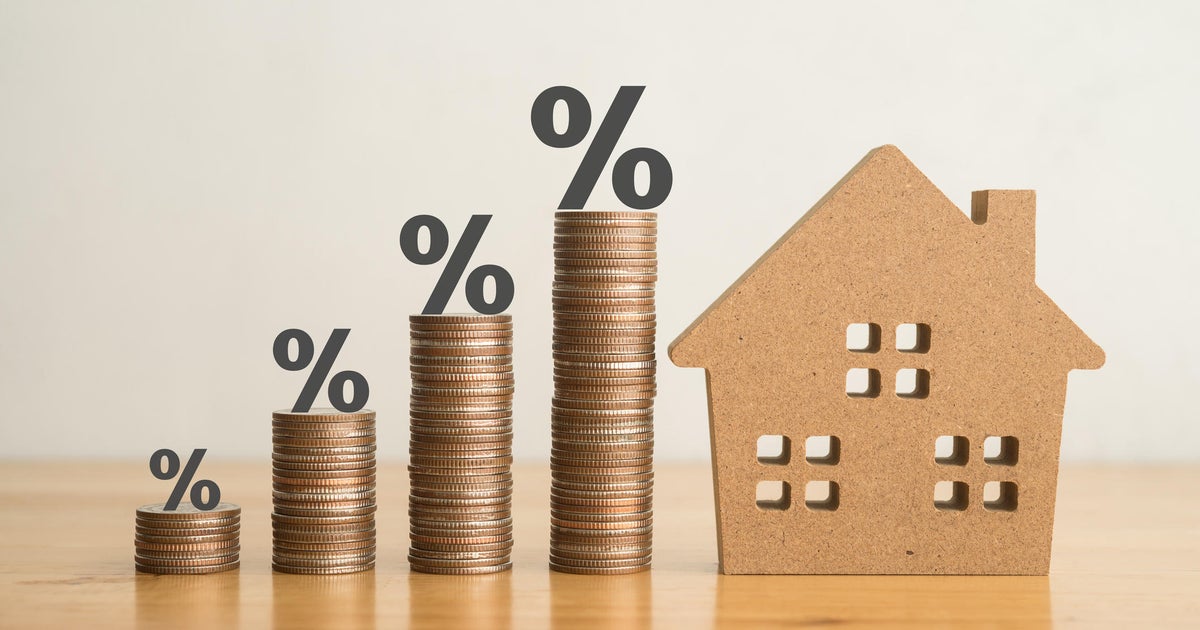Mortgage rates are falling. Here's how to get an even lower rate now.
Last year was a tough one for homebuyers thanks to elevated inflation and corresponding high interest rates. That resulted in mortgage rates hitting their highest point since 2000. But as inflation cooled in the second half of 2023, interest rate hikes were put on hold and mortgage rates started to drop. And despite the latest inflation report showing a rise for December, the drop in mortgage rates hasn't significantly been slowed.
On Thursday, Freddie Mac said that the average interest rate for a 30-year fixed-rate mortgage was 6.60% — the lowest it's been since May 2023. While that is approximate — and rates could be higher or lower based on the lender and the borrower's credit profile — it does appear that rates are heading in the right direction. And with the prospect of Fed rate cuts to come later in 2024, they may head downward even further.
But what about homebuyers who are ready to act now? Fortunately, there are a variety of ways they can secure an even lower rate than the 6.60% one currently available. Below, we'll break down three such methods.
Start by exploring your mortgage rate options here to see what you qualify for.
How to get a lower mortgage rate now
Here are three ways homebuyers can get a lower mortgage rate right now.
Apply for an adjustable-rate mortgage
An adjustable-rate mortgage is exactly what it sounds like — it's a mortgage in which your rate will adjust over time. This could result in you getting a lower mortgage rate right now, but it may increase in time. In practical terms, your rate would be locked for three years and then adjusted every six months (a 3/6 ARM), although terms vary. This can be a viable option for those confident that rates will fall in the years to come but who are still looking for a better, lower rate right now.
In other words, it's ideal for today's market with high rates but optimism that rates will fall in the months and years to come. And even if rates don't fall enough in the future, buyers could always refinance into a fixed-rate mortgage at that point.
Learn more about your mortgage options here today.
Buy mortgage points
By purchasing mortgage points, borrowers can secure a lower interest rate than they otherwise would have obtained without it. Mortgage points essentially act as a fee borrowers pay to the lenders — either rolled into the overall mortgage loan or paid at closing — to secure that locked-in, lower rate. So, using today's mortgage rates, you could theoretically get a 30-year mortgage at 6.60% without points or 6.25% or so with them tacked on.
That said, you'll want to make sure that the monthly savings you can get outweigh the upfront costs of the points, or they may not be worth it. Similarly, if you think rates could soon drop lower than what the points can offer, you may be better served waiting for the market to adjust.
Shop for lenders
Remember, that 6.60% rate is an average. You'll need to have top credit to get it, sure. But it's an average, meaning that some lenders will offer you a higher rate and some may come in with a lower rate.
But you won't know what you can get until you shop around and research mortgage lenders. So be proactive and do just that before committing to anyone specifically. Home sales dropped in 2023 significantly so lenders will be happy to compete for your business right now. That could mean better terms and lower rates for those who take the time to shop around.
Compare multiple lenders online here now.
The bottom line
The mortgage rate environment of January 2024 isn't ideal, especially compared to the low rates that could have been secured in recent years. But the rate environment is changing and rates are coming down. If you don't want to wait for them to fall even further, however, you have some appealing options right now, ranging from adjustable-rate mortgages to mortgage points to simply shopping around for the best lenders, rates and terms. By completing these steps, buyers will best position themselves to secure the lowest rate possible in today's still volatile market.




